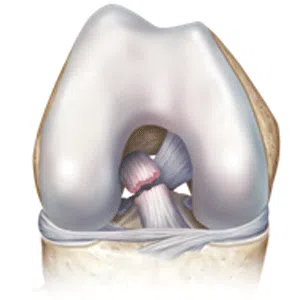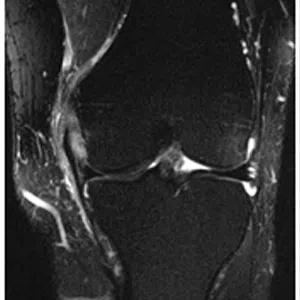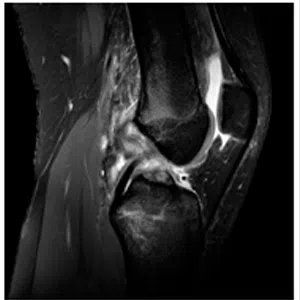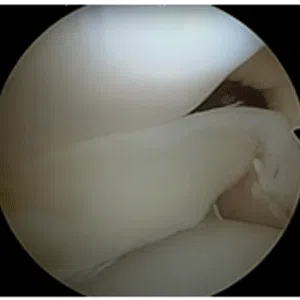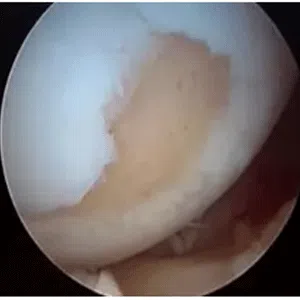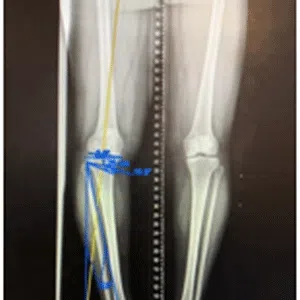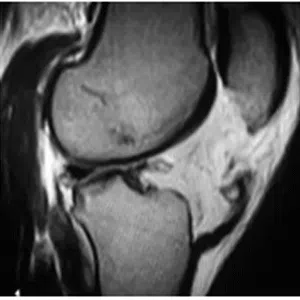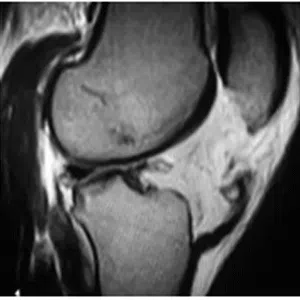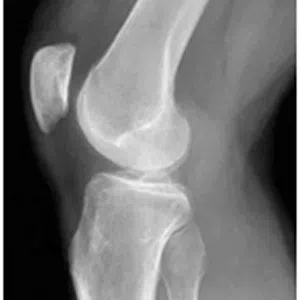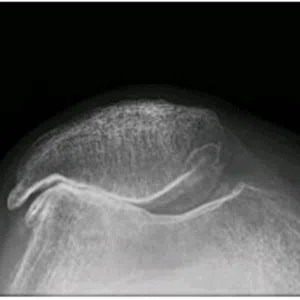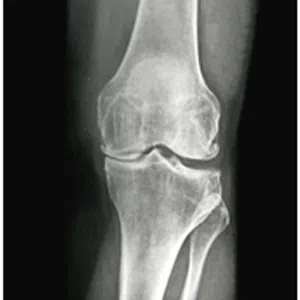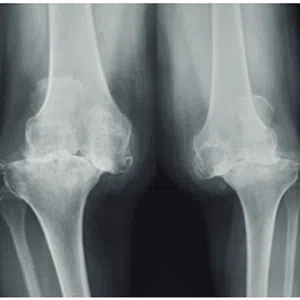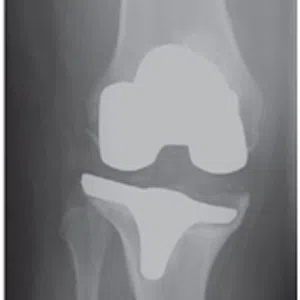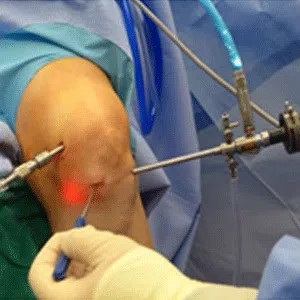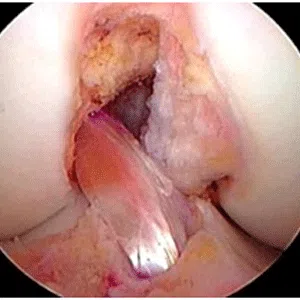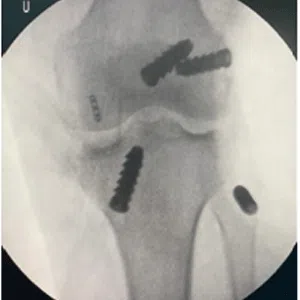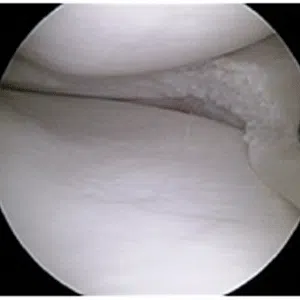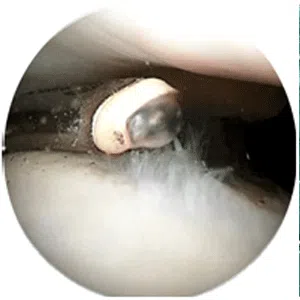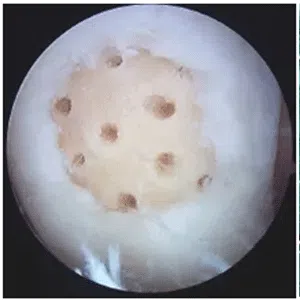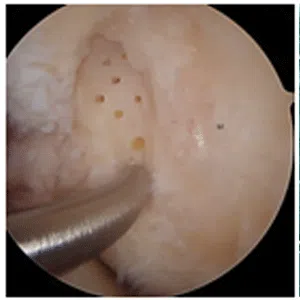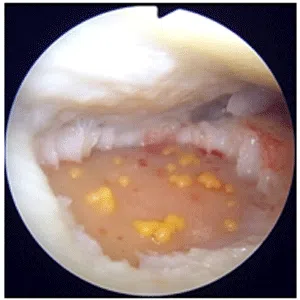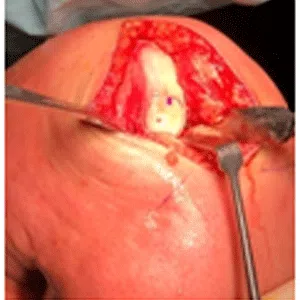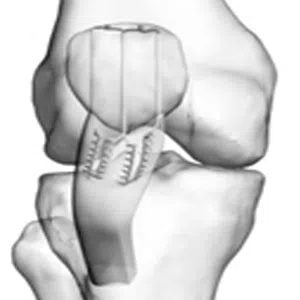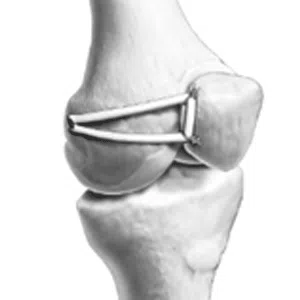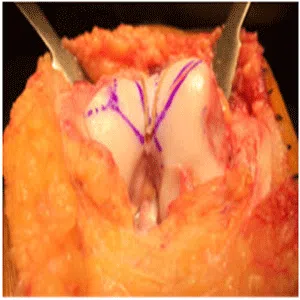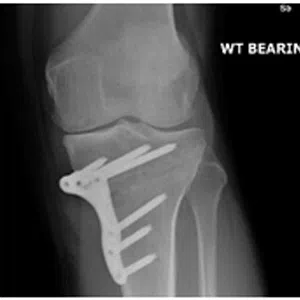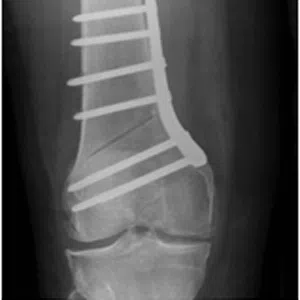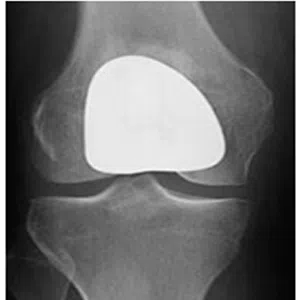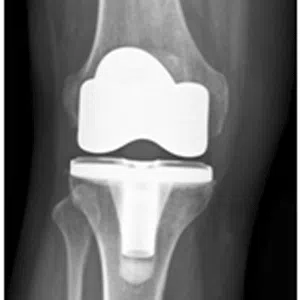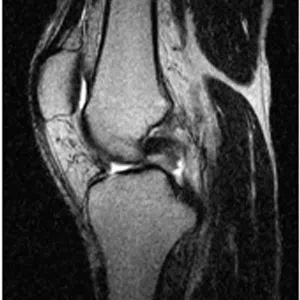
The posterior cruciate ligament (PCL) is a key ligament located in the knee joint that helps to provide stability and prevent excessive motion. A PCL injury occurs when the ligament becomes torn or ruptured, typically as a result of a direct impact to the front of the knee, such as a car accident or a fall or sports related injury. PCL injuries are less common than anterior cruciate ligament (ACL) injuries, but they can still have a significant impact on the stability and function of the knee.
Symptoms of a PCL injury can include knee pain, swelling, instability, and difficulty in walking. In some cases, a “pop” or “snap” may be felt at the time of injury. A thorough evaluation by a medical professional is necessary to diagnose a PCL injury and determine the extent of the damage. This may involve physical examination, X-rays, MRI, or other imaging studies.
Treatment options for a PCL injury depend on the severity of the injury and the patient’s age, activity level, and overall health. For minor PCL injuries, conservative management with physical therapy, rehabilitation exercises, and the use of assistive devices such as crutches or a brace may be sufficient to manage symptoms and restore function to the knee. In more severe cases, surgical intervention may be necessary to repair or reconstruct the damaged PCL.
The rehabilitation process after a PCL injury or surgery is a critical component of recovery. Physical therapy and rehabilitation exercises are essential to regain strength, flexibility, and stability in the knee. These exercises may include range-of-motion exercises, strengthening exercises, and balance and stability training. A physical therapist can work with the patient to develop a personalized rehabilitation plan to help them progress and reach their goals.
-
Anterior cruciate ligament (ACL) tear revision
-
Posterior cruciate ligament (PCL) tear
-
Medial collateral ligament (MCL) injury
-
Multi-ligament tear
-
Meniscus tear
-
Meniscus root tear
-
Cartilage injury – repair/ osteochondritis dissecans
-
Knee deformity or malalignment – varus/ valgus/ rotational
-
Patellar tendon tear
-
Quadriceps tendon tear
-
Patellofemoral instability
-
Patellofemoral arthritis
-
Knee arthritis in young
-
Knee arthritis
-
Failed primary total knee replacement
-
Joint preservation surgery
-
Arthroscopic ACL repair/ reconstruction/ Revision ligament reconstruction
-
Arthroscopic PCL reconstruction
-
Multi-ligament reconstruction
-
Meniscus surgery –partial meniscectomy/ repair (root tear/ rim lesion)
-
Meniscus transplant
-
Chondroplasty
-
Microfracture
-
Nanofracture
-
BMAC
-
Autologous chondrocyte implantation (ACI)
-
Osteochondral Autologous Transfer Surgery (OATS) or mosaicplasty
-
Osteochondral allograft transplant
-
Patellar tendon repair/ quadriceps tendon repair
-
MPFL reconstruction
-
Tibial tuberosity transfer
-
Trochleoplasty
-
De-rotation or rotational osteotomy (Proximal tibial/ Distal femur)
-
High tibial osteotomy
-
Distal femoral osteotomy
-
Patellofemoral joint replacement
-
Total knee replacement





